Intelligent Systems
-
UT Austin and Cisco Form Research Partnership
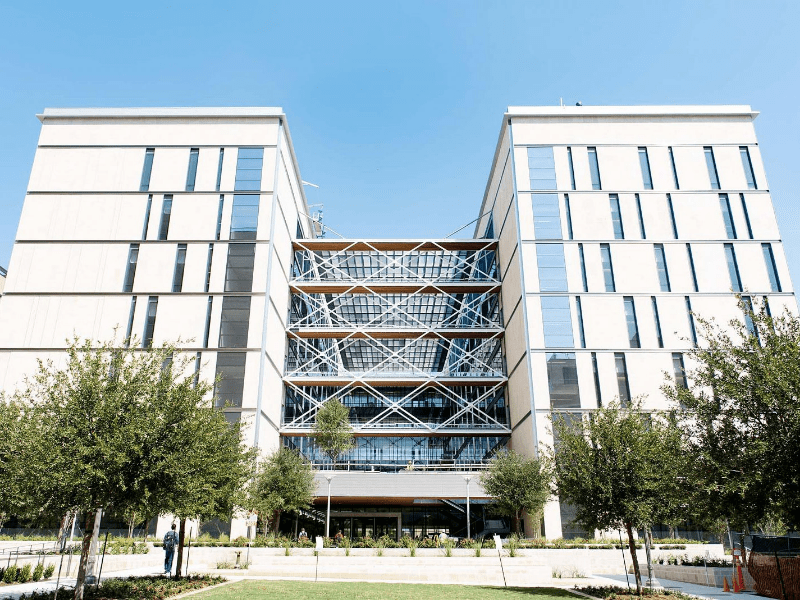
The University of Texas at Austin and tech giant Cisco struck a research agreement that will begin with an emphasis on artificial intelligence and machine learning before branching out into additional technologies in the future. As part of the five-year partnership, Cisco Research will provide funding and expertise for four AI/ML research projects and one cybersecurity research project over the next year. The researchers from the Cockrell School of Engineering and College of Natural Sciences will delve into several different areas of AI and ML, including Internet of Things, computer vision, training learning networks and more.
-
Texas Engineers Play Critical Role in New NSF AI Institutes
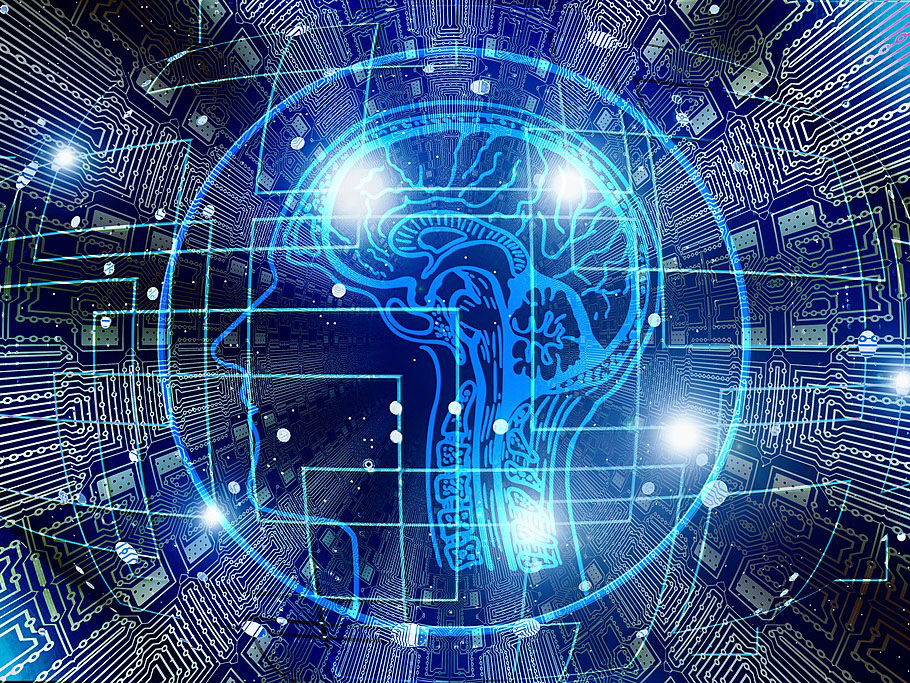
The National Science Foundation just announced 11 new artificial intelligence institutes across the nation, and researchers from the Cockrell School of Engineering at The University of Texas at Austin will play prominent roles in two of them. UT Austin was already among the top universities in the world for AI, and its involvement in these new institutes bolsters its strength in this emerging area. Last year, the university was selected by NSF to lead an AI institute focused on machine learning, the technology that drives AI systems, enabling them to acquire knowledge and make predictions in complex environments.
-
New Type of Machine Learning Aids Earthquake Risk Prediction
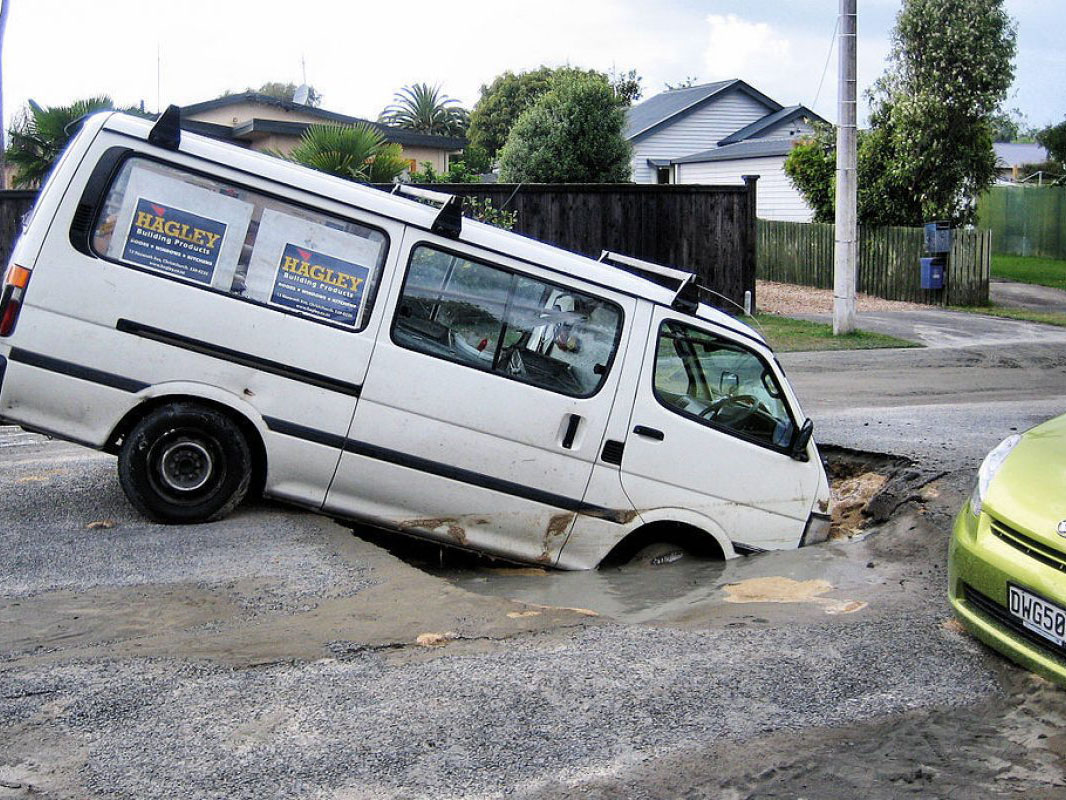
Our homes and offices are only as solid as the ground beneath them. When that solid ground turns to liquid — as sometimes happens during earthquakes — it can topple buildings and bridges. This phenomenon is known as liquefaction, and it was a major feature of the 2011 earthquake in Christchurch, New Zealand, a magnitude 6.3 quake that killed 185 people and destroyed thousands of homes.
-
Researchers Challenged to Optimize Building Energy Use with AI
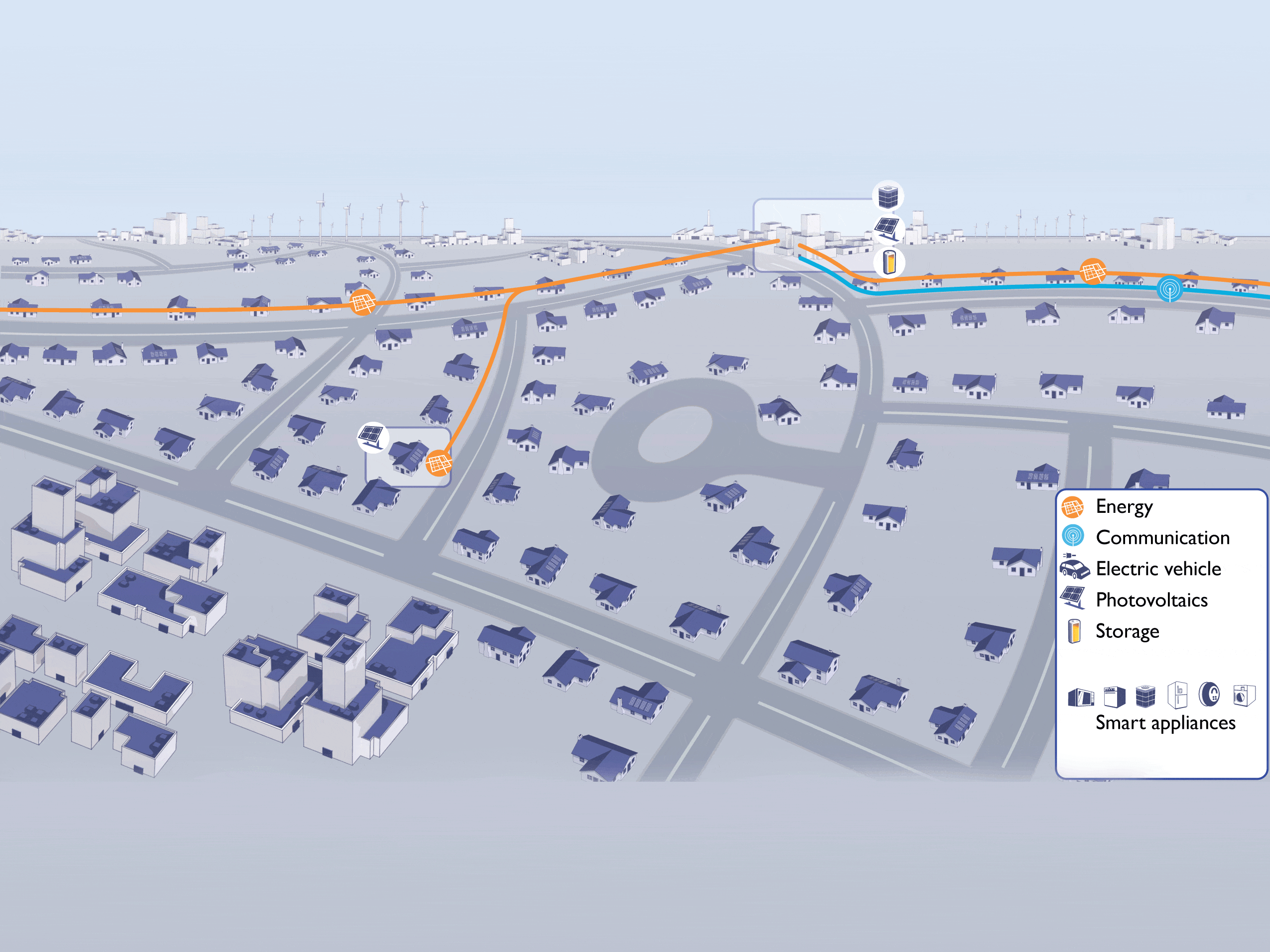
Texas Engineers have turned to the research community to help solve a complicated energy problem, one that is likely top of mind for many Texans after the February storms that knocked out power for millions. The CityLearn Challenge, now in its second edition, tasks research teams from around the globe with creating control systems for virtual neighborhoods composed of nine buildings to best maximize energy efficiency. The teams must program an "intelligent agent" that uses a machine learning model called reinforcement learning, a way of training machine learning models to make a sequence of decisions with a specific goal or reward in mind and a trial-and-error component. Participating teams’ intelligent agents must make energy usage decisions with a goal of reducing the load on the grid during times of high demand.
-
Using Machine Learning and Radar to Understand How Land Types Influence Storm Risks
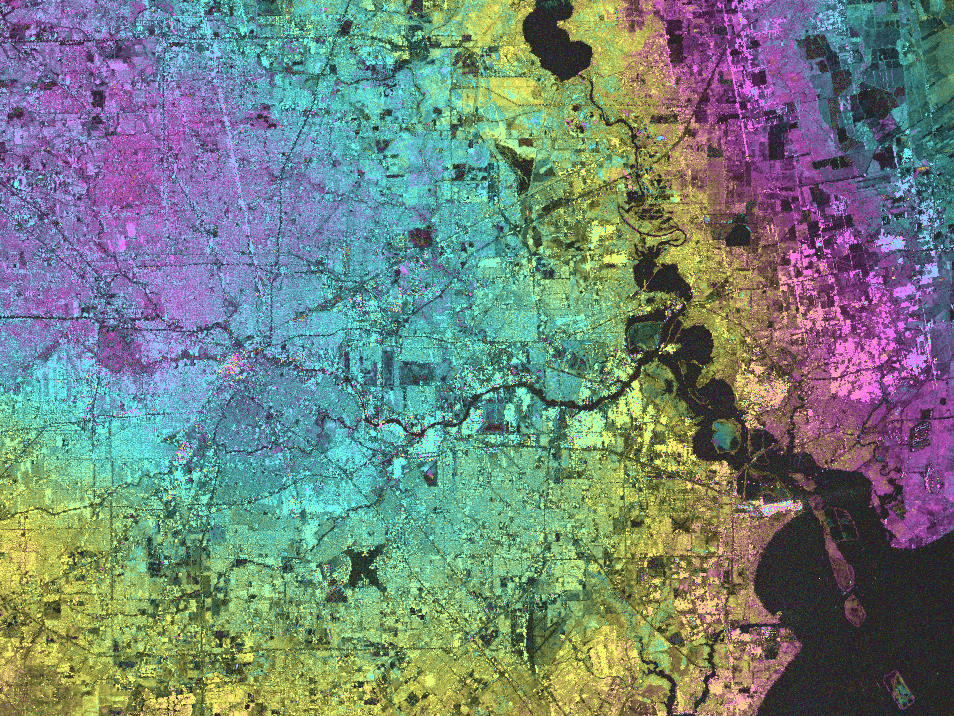
Researchers at the Cockrell School of Engineering have, for the first time, applied a machine learning algorithm to measure the surface roughness of different types of land with a high level of detail. The team used a type of satellite imagery that is more dependable and easier to capture than typical optical photographs but also more challenging to analyze. And they are working to integrate this data into storm surge models to give a clearer picture of what will happen during major weather events.
-
Brain-like Computing Takes a Step Forward with New Discoveries Using Magnetism
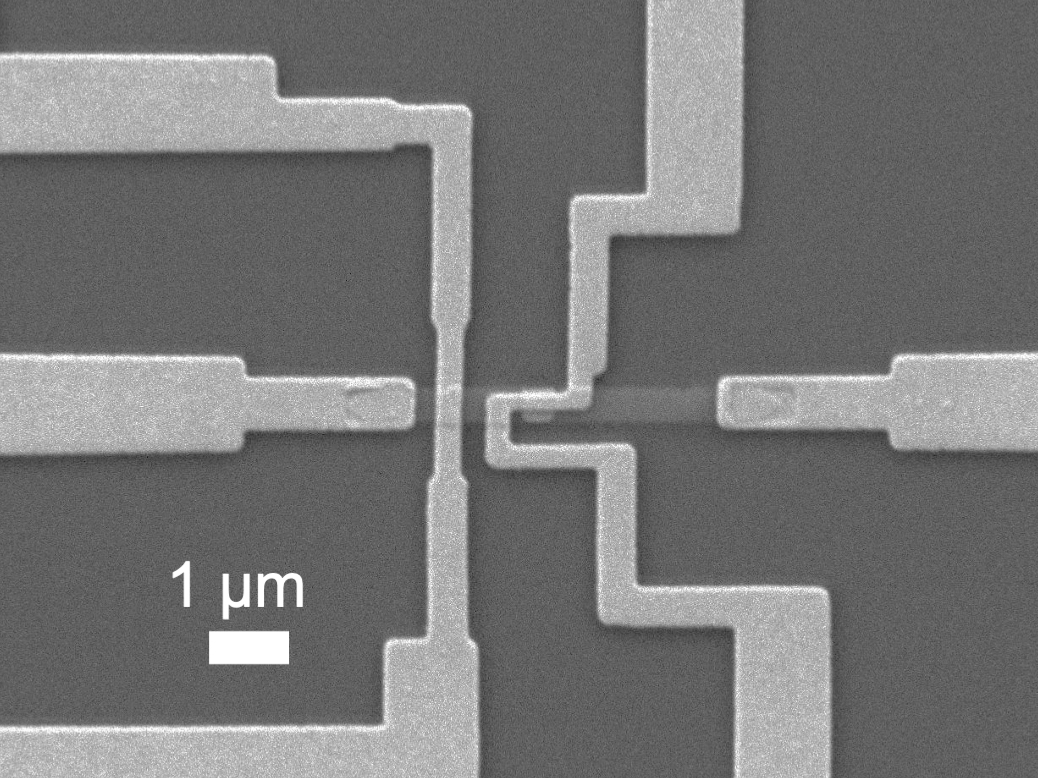
Researchers at The University of Texas at Austin are studying a magnetic device that breaks down key barriers for how information is stored and processed as part of the quest to make computers think more like humans. Jean Anne Incorvia, an assistant professor in the Cockrell School's Department of Electrical and Computer Engineering, recently published a trio of papers seeking to solve challenges facing these new computing paradigms.
-
Yaskawa Partnership Accelerates Robotics Research at UT Austin

Texas Engineering alumnus Chetan Kapoor, who leads R&D at Yaskawa American, Motoman Robotics Division, spearheaded a new partnership initiative between Yaskawa and UT Austin with the gift of a dual-arm SDA10F robot that will be available to Texas Robotics faculty. The partnership aims to facilitate interdisciplinary research and innovation within the robotics community in the university.
-
5 Questions with Cockrell’s Newest Machine Learning and Artificial Intelligence Expert, Atlas Wang
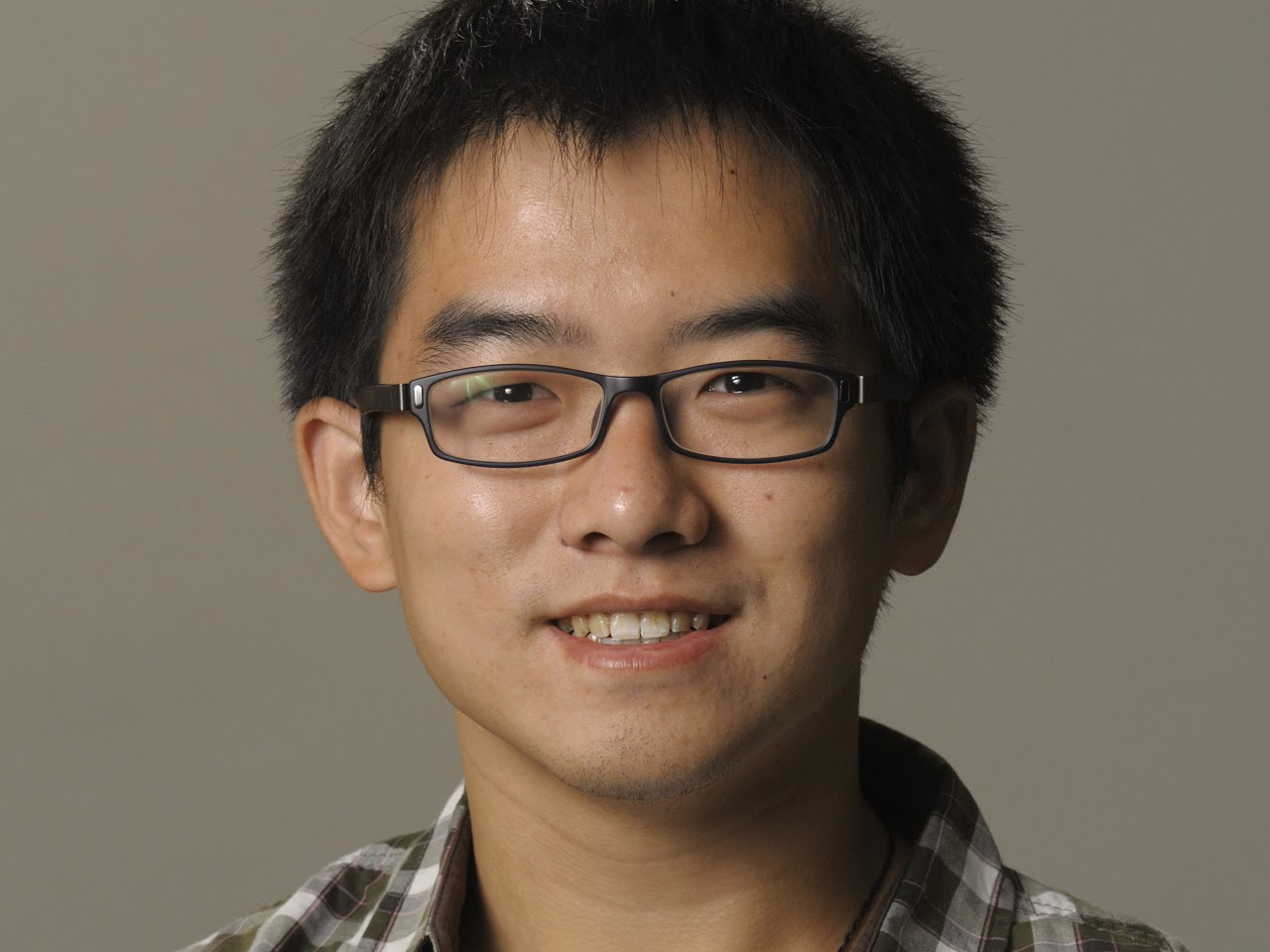
Artificial intelligence and machine learning are among the trendiest technologies in the world right now, and The University of Texas at Austin is rapidly becoming a leader in advancing these concepts as they come to impact more aspects of our daily lives. UT’s AI/ML chops leveled up even further this year when Zhangyang “Atlas” Wang joined the Cockrell School after three years as an assistant professor at Texas A&M University. Wang’s research has garnered recognition from such luminaries in the field as Amazon and IBM.
-
Disaster Database Cements Itself as Go-to Hub for Natural Hazard Information

In Seattle, “the big one” — a massive earthquake that could devastate the region — represents an ominous threat. So widespread are the concerns that city leaders there created standards to fortify new skyscrapers using data from studies forecasting the impact of a big earthquake in the region.
-
Frontera On the Front Lines During Record Hurricane Season
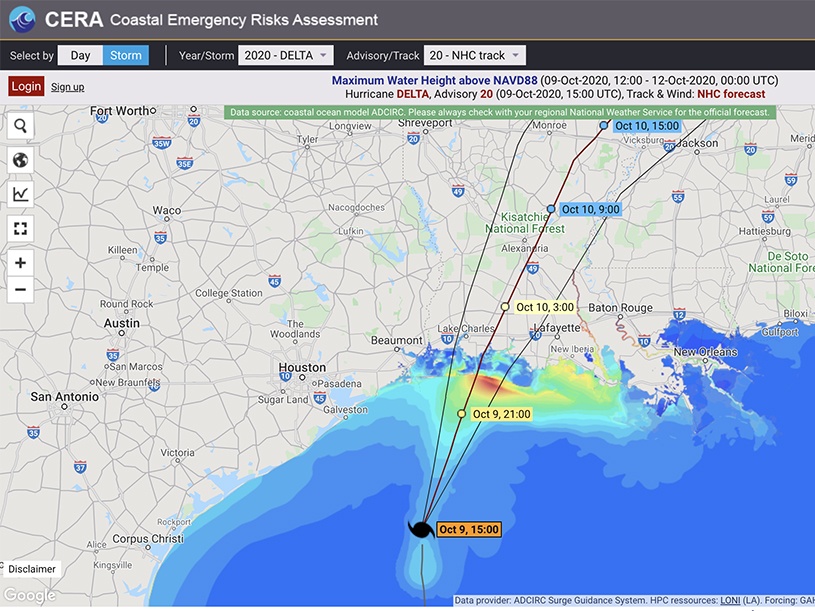
Researchers have developed a system of computer programs called ADCIRC that use mathematical models of physical forces to simulate and predict the storm surge an incoming storm will produce based on the official hurricane forecast tracks. It has successfully forecast storm surge for the past 25 years. "We've added more and more physics, better numerical algorithms, better software, better use of high-performance computing resources, and it just continues to improve to the present day," said Clint Dawson, professor of aerospace engineering and engineering mechanics at The University of Texas at Austin and one of ADCIRC's lead developers.
-
UT Austin Selected as Home of National AI Institute Focused on Machine Learning
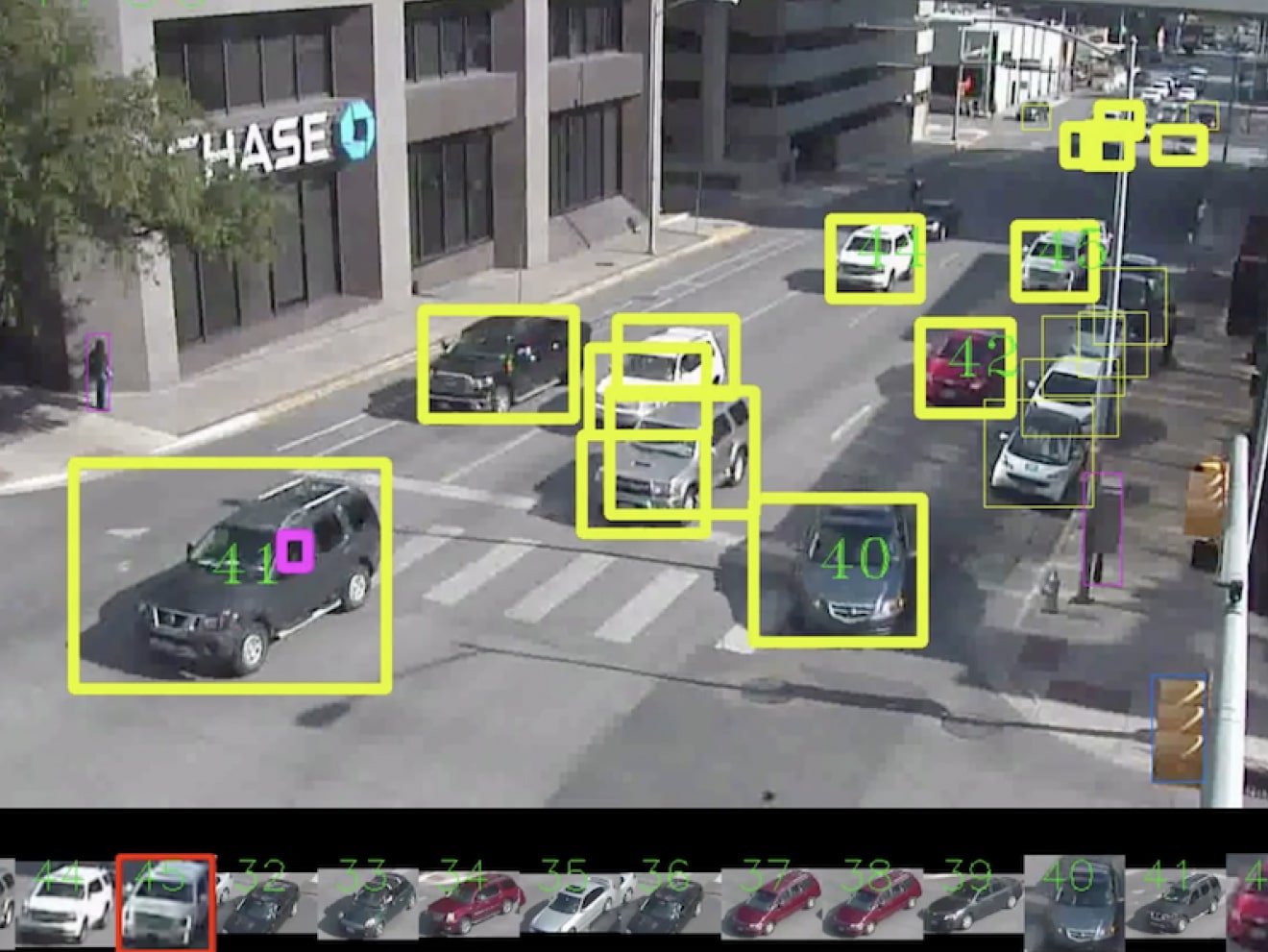
The National Science Foundation has selected The University of Texas at Austin to lead the NSF AI Institute for Foundations of Machine Learning, bolstering the university’s existing strengths in this emerging field. Machine learning is the technology that drives AI systems, enabling them to acquire knowledge and make predictions in complex environments. This technology has the potential to transform everything from transportation to entertainment to health care.
-
COVID-19 Tracking Website Shows Counties Most at Risk for an Outbreak
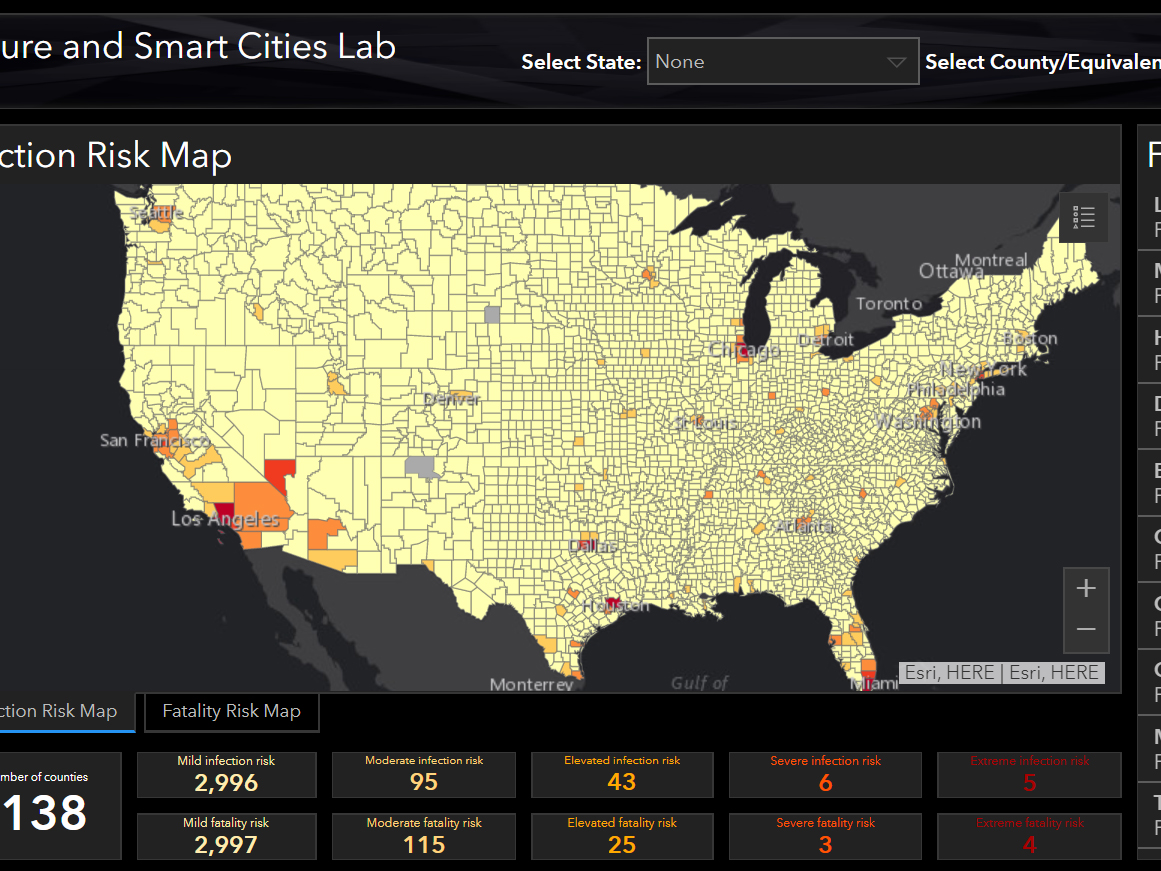
People living in some of the largest U.S. cities and their surrounding areas face the highest risk of contracting COVID-19 in the near future, according to a new set of online dashboards created by researchers in the Cockrell School of Engineering at The University of Texas at Austin.
-
Mohit Tiwari Launches Symmetry Systems, a UT Spinout Focused on Data Security
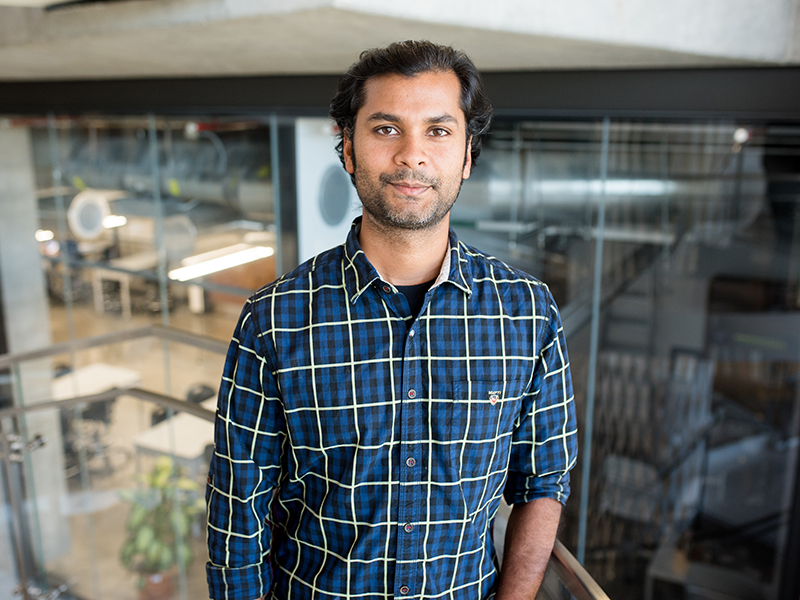
Founded by Mohit Tiwari, associate professor in the Cockrell School of Engineering's Department of Electrical and Computer Engineering, Symmetry Systems launched this month one year after raising $3 million in seed funding. The company's flagship solution, DataGuard, helps small teams of security engineers to protect data across a large organization.
-
Escaping Disaster
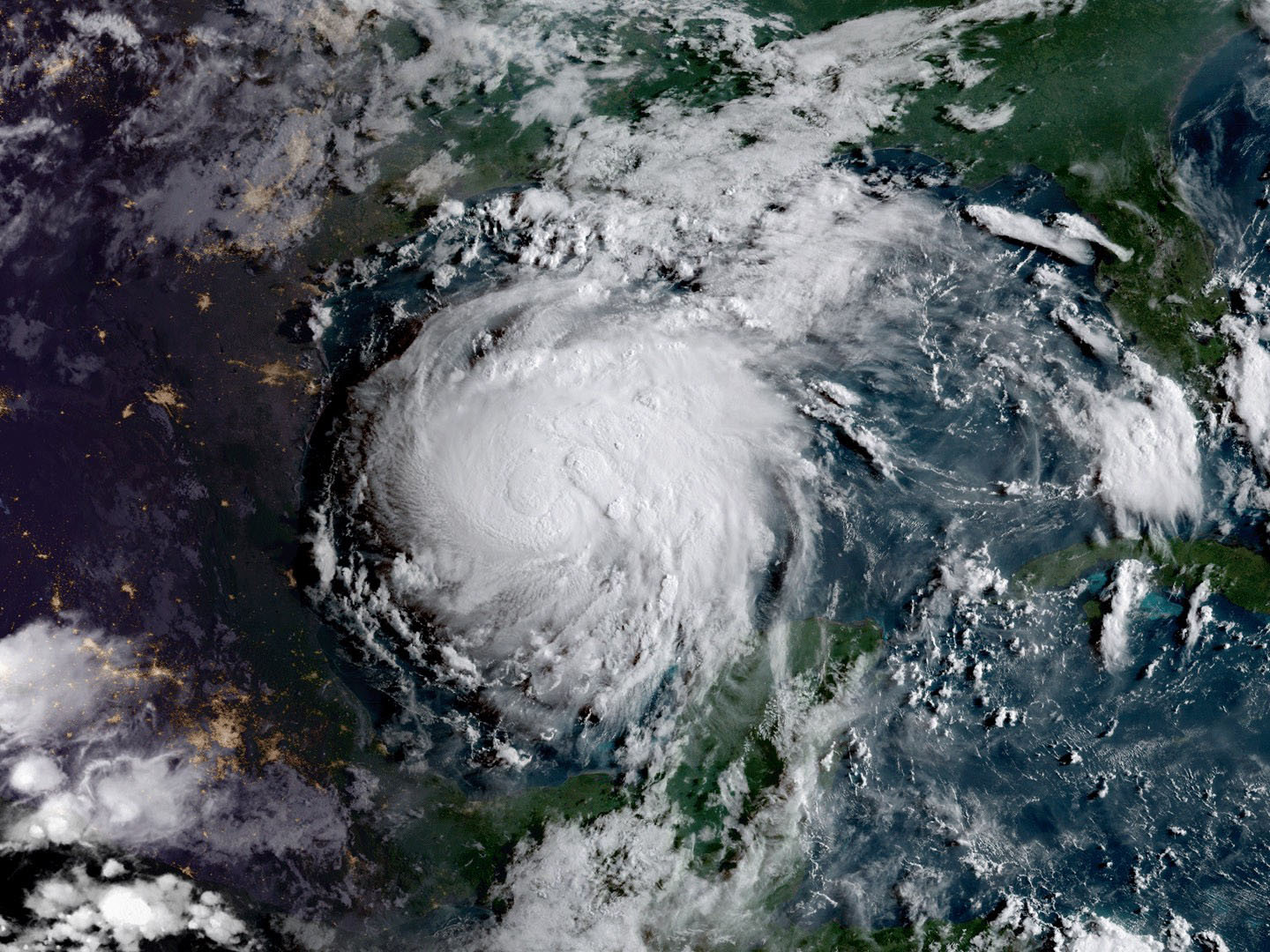
When UT operations research and industrial engineering graduate student Kyoung Kim approached his professors in 2017 with an idea to use logistics to help with disaster planning, he had no idea the biggest disaster in a century would, in a few months, ravage the Texas coast.
-
Texas Engineering Professor Raises $10M for Medical Robot Startup Aiding Hospitals During Coronavirus Outbreak
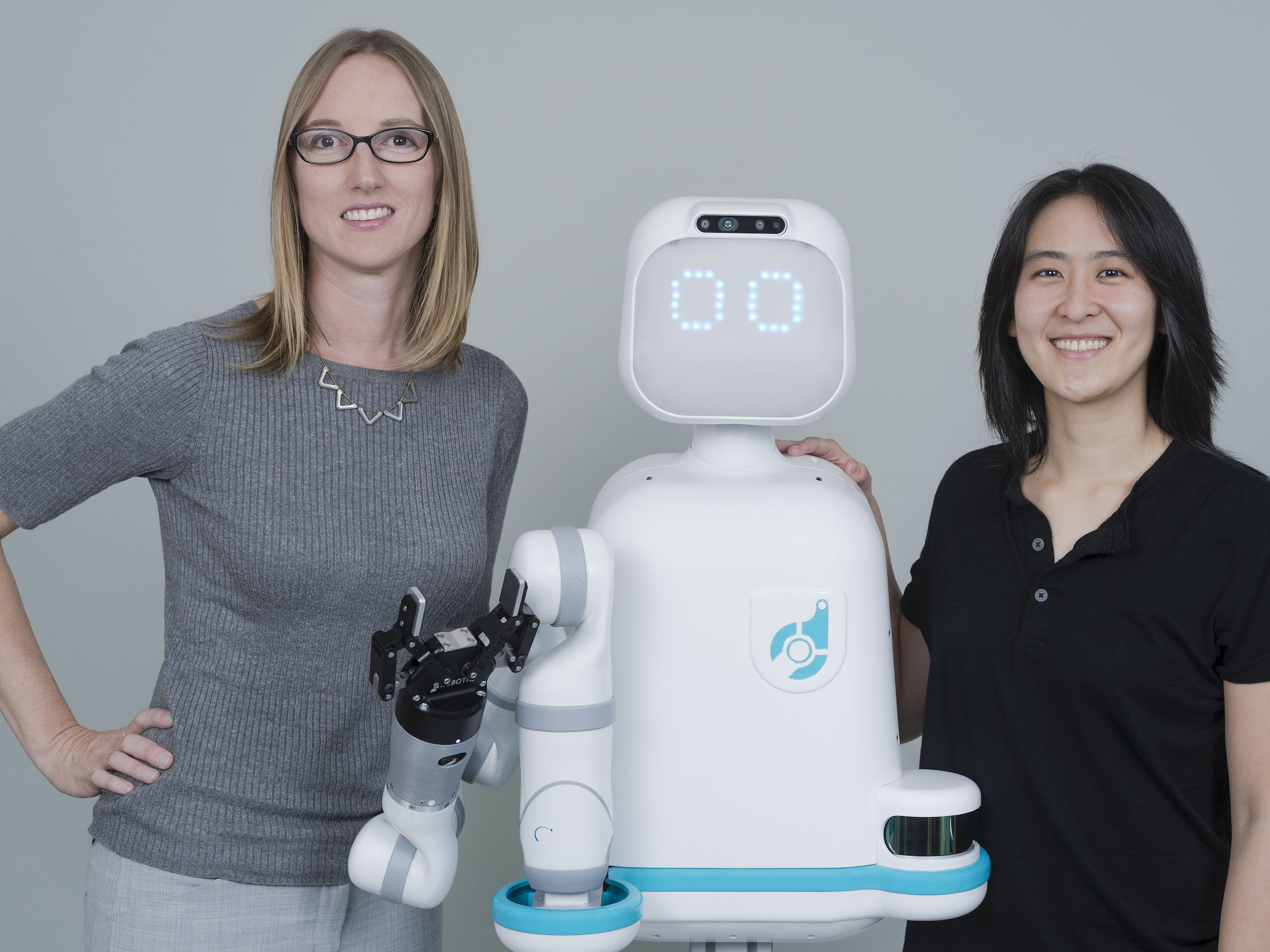
The contagious nature of COVID-19 puts medical personnel at risk of contracting the virus from the patients they treat. A startup co-founded by University of Texas at Austin engineering professor Andrea Thomaz just landed $10 million in investment to ramp up production of medical robots that could prove a valuable tool in helping doctors and nurses treat patients amid the novel coronavirus outbreak.
-
They Have Their AI On You: How Artificial Intelligence is Personalizing Your Shopping Experience
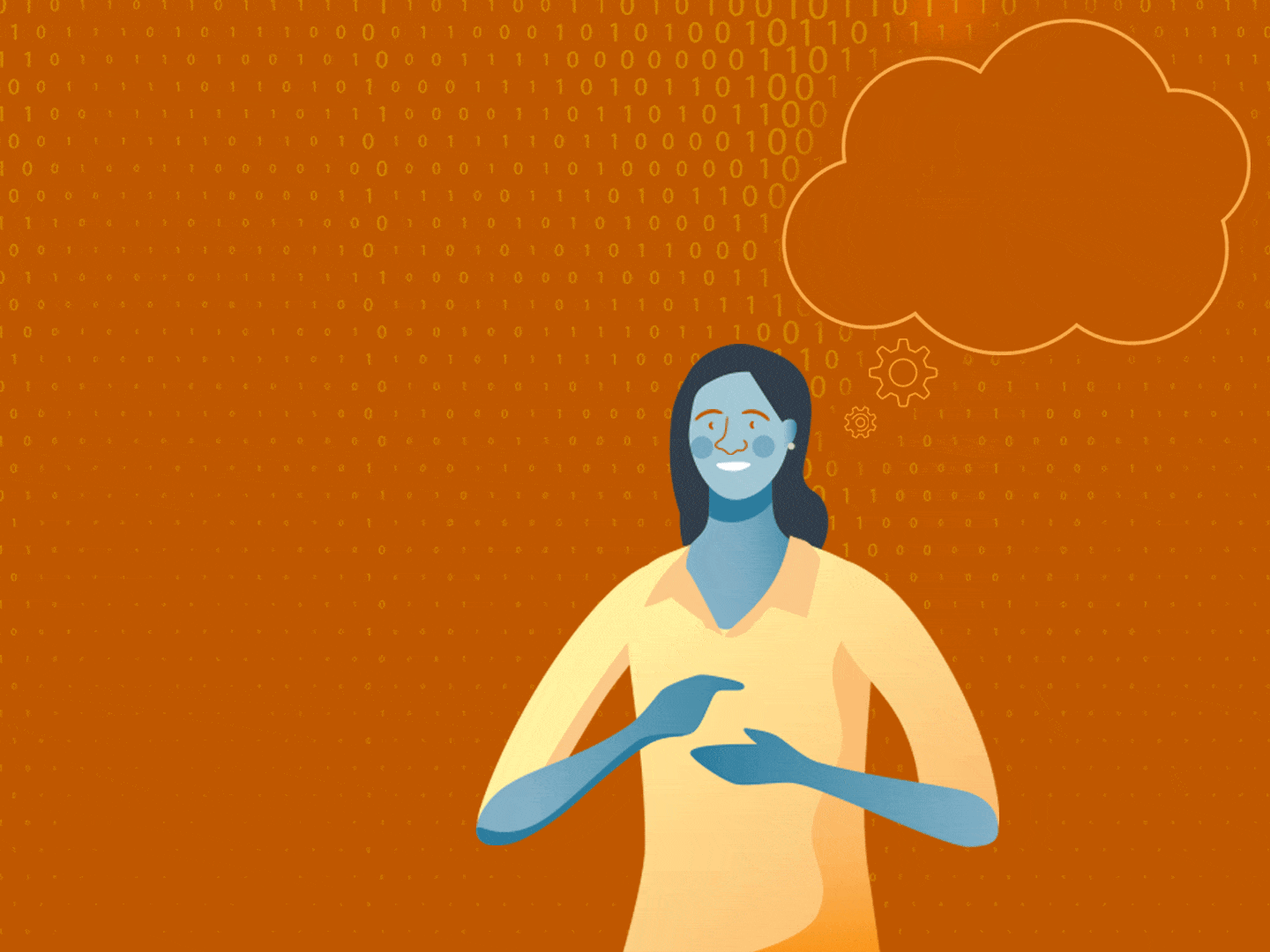
After graduating from UT Austin in 2010 with a master’s degree in electrical and computer engineering, Sowmiya Narayanan went on to co-found Lily AI — an AI-based software designed to enhance users’ online shopping experiences — and she now serves as its chief technology officer.
-
New Malware Detector Identifies Bugs By Monitoring Power Usage
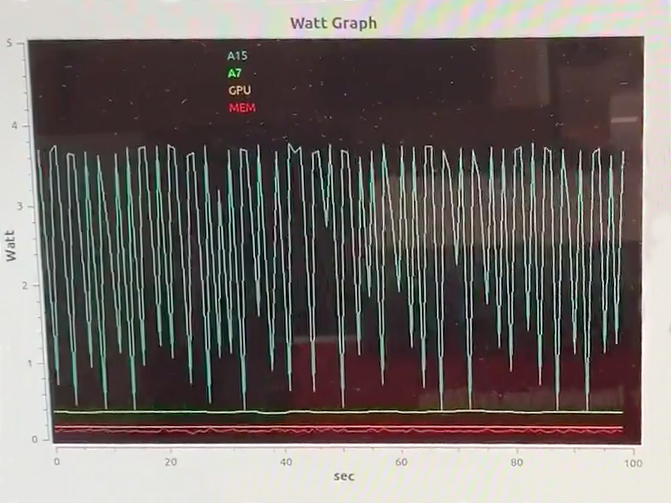
Malware is evasive, intelligent and sneaky. No sooner than anti-virus software is updated to combat the latest attacks, a computer virus will have already evolved into something harder to detect and potentially more damaging to a computer system. But malware isn’t without vulnerabilities. Engineers at The University of Texas at Austin have found an additional line of defense to detect threats posed by malware that doesn’t rely on the detection and protection provided by existing anti-virus software programs.
-
Texas Engineering Hosts U.S. Army ‘Mad Scientist’ Conference
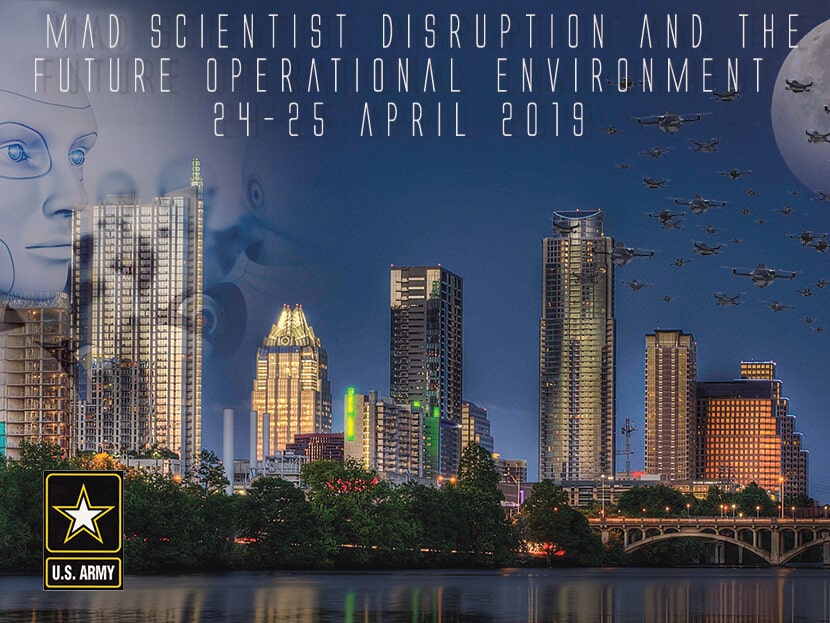
Bringing together experts in areas ranging from robotics to space, the Cockrell School of Engineering will host the U.S. Army’s annual Mad Scientist Conference on April 24-25 in the school’s Engineering Education and Research Center. The two-day event explored the individual and convergent impacts of technological innovations on the future of military operations, from present day through 2050.
-
Machine Learning Provides New Insights Into Cellular Biology
In a new interdisciplinary study, a team of engineers led by The University of Texas at Austin have used machine learning technology in tandem with next-generation RNA sequencing to reveal the inner workings of cells and how they respond to environmental stress, particularly by focusing on RNAs, to provide new insights into biology at the molecular level.
-
Robot Masters Human Balancing Act
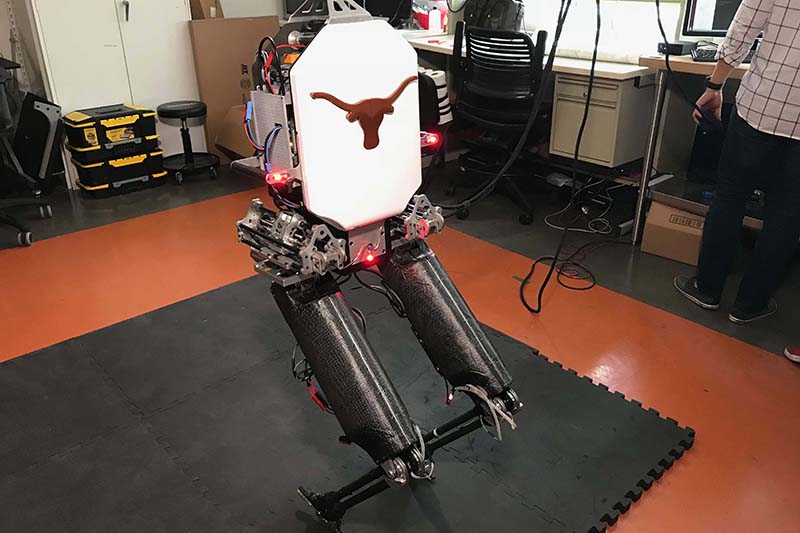
When walking in a crowded place, humans typically aren’t thinking about how we avoid bumping into one another. We are built to use a gamut of complex skill sets required to execute these types of seemingly simple motions.







